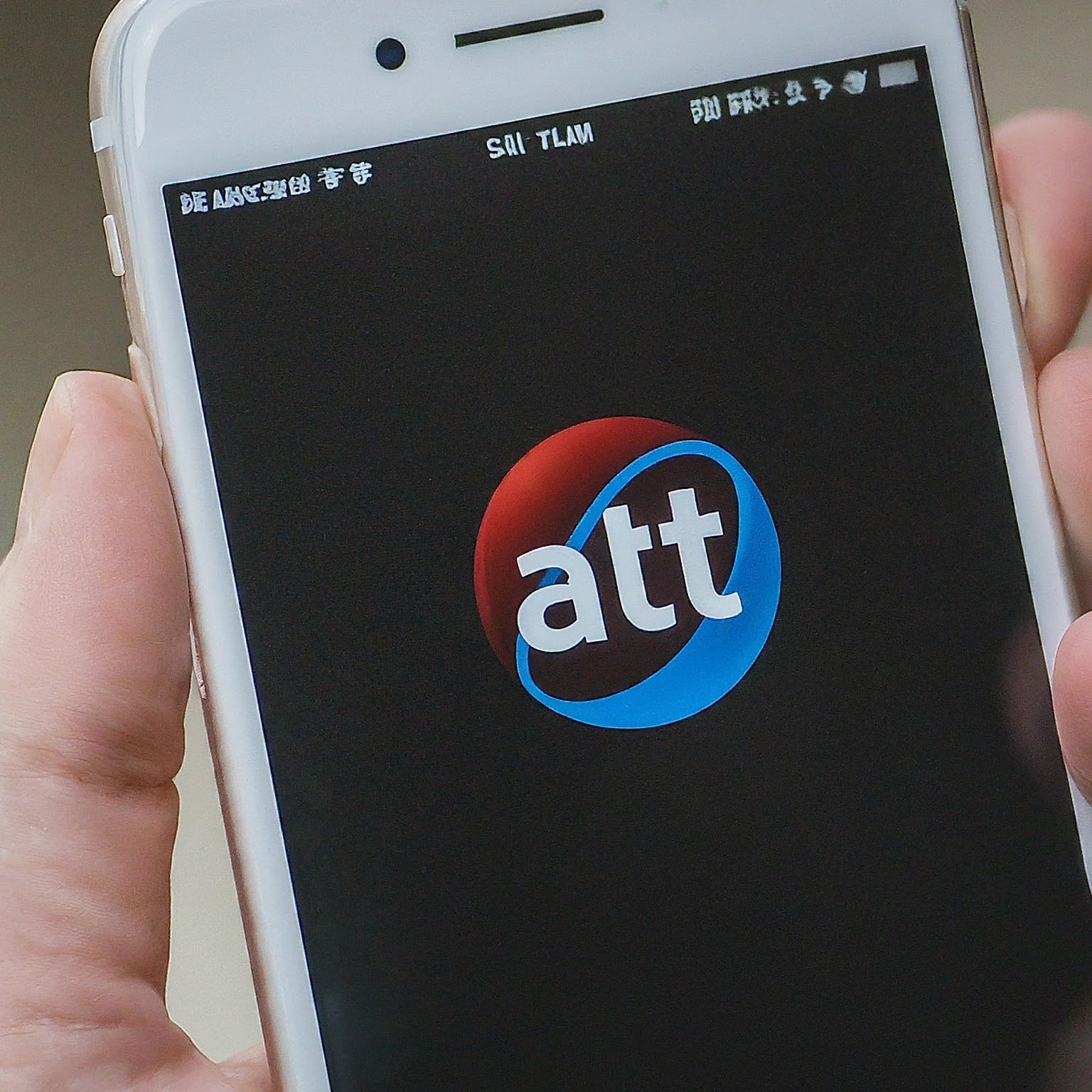AT&T (American Telephone & Telegraph Company), a name synonymous with telecommunications excellence, has been a cornerstone of the industry for over a century. This exclusive article takes a deep dive into the history, present, and future of AT&T, exploring its contributions to telecommunications, its role in shaping the digital landscape, and the challenges and opportunities it faces in the ever-evolving world of connectivity.

A Legacy of Innovation: AT&T’s Journey Through Time
AT&T traces its roots back to 1877 when Alexander Graham Bell founded the Bell Telephone Company. Over the years, the company underwent numerous transformations, mergers, and acquisitions, ultimately emerging as the telecommunications powerhouse we know today.
The Bell System Era
In the early 20th century, AT&T established a virtual monopoly over the telephone industry in the United States through its Bell System. This period saw significant advancements in telephone technology, including the introduction of long-distance calling, operator-assisted dialing, and the iconic rotary dial telephone.
The Breakup and Beyond
In 1984, antitrust concerns led to the breakup of AT&T’s Bell System, resulting in the formation of seven regional Bell operating companies (RBOCs). This event marked a turning point in the telecommunications industry, fostering competition and innovation.
AT&T continued to evolve, diversifying its services beyond traditional telephony. The company embraced wireless technology, launching cellular networks and introducing iconic devices like the Motorola StarTAC. In the 21st century, AT&T expanded into broadband internet, television, and entertainment services, further solidifying its position as a comprehensive communications provider.
AT&T Today: A Multifaceted Telecommunications Leader
Today, AT&T is a global leader in telecommunications, offering a wide array of services to consumers and businesses alike. The company’s core offerings include:
Wireless Services
AT&T’s wireless network covers millions of customers across the United States, providing voice, data, and messaging services. The company is at the forefront of 5G technology, rolling out high-speed networks that promise to revolutionize the way we connect and interact with the digital world.
Broadband Internet
AT&T offers a variety of broadband internet options, including fiber-optic, DSL, and fixed wireless access. These services cater to residential and business customers, providing high-speed internet connectivity essential for work, education, entertainment, and communication.
Television and Entertainment
AT&T’s entertainment portfolio includes DIRECTV, a leading satellite television provider, and U-verse, a fiber-optic television service. The company also owns WarnerMedia, a global media and entertainment conglomerate with properties like HBO, Warner Bros., and CNN.
Business Solutions
AT&T provides a comprehensive suite of communication and technology solutions to businesses of all sizes. These solutions include network services, cybersecurity, cloud computing, and Internet of Things (IoT) applications.
AT&T’s Impact on the Digital Landscape
AT&T’s influence on the digital landscape is undeniable. The company’s investments in infrastructure and technology have played a pivotal role in expanding access to high-speed internet, enabling e-commerce, supporting remote work, and fostering innovation in various sectors.
AT&T’s 5G network is poised to transform industries like healthcare, manufacturing, transportation, and entertainment. The ultra-fast speeds and low latency of 5G will enable real-time data transmission, remote surgery, autonomous vehicles, immersive virtual experiences, and a host of other transformative applications.
Challenges and Opportunities for AT&T
Despite its successes, AT&T faces a number of challenges in the ever-evolving telecommunications landscape:
Competition
The telecommunications industry is fiercely competitive, with numerous players vying for market share. AT&T must constantly innovate and differentiate its offerings to stay ahead of the curve.
Regulatory Landscape
The telecommunications industry is subject to extensive regulation, which can impact AT&T’s ability to innovate and invest in new technologies.
Cybersecurity Threats
As the digital world becomes increasingly interconnected, the risk of cyberattacks grows exponentially. AT&T must prioritize cybersecurity to protect its networks and customer data.
However, AT&T also has numerous opportunities for growth and expansion:
5G Adoption
The widespread adoption of 5G technology opens up new avenues for AT&T to provide innovative services and solutions.
Expansion of Fiber Optic Network
Expanding its fiber optic network will enable AT&T to deliver faster and more reliable internet services to more customers.
Strategic Partnerships and Acquisitions
Strategic partnerships and acquisitions can help AT&T expand its reach and capabilities, entering new markets and offering new services.
AT&T’s Commitment to Corporate Responsibility
AT&T is committed to corporate responsibility, focusing on environmental sustainability, diversity and inclusion, and community engagement. The company has set ambitious goals to reduce its carbon footprint, promote renewable energy, and support educational initiatives.
The Future of AT&T
As the telecommunications landscape continues to evolve, AT&T is well-positioned to remain a leader in the industry. The company’s focus on innovation, customer service, and corporate responsibility will be critical to its continued success.
AT&T’s vision for the future includes:
Building the Network of the Future
AT&T is investing billions of dollars to build a network that can handle the increasing demand for data and connectivity.
Delivering Innovative Solutions
AT&T is constantly exploring new technologies and services to meet the evolving needs of its customers.
Empowering People and Communities
AT&T is committed to using its technology and resources to make a positive impact on the world.

Conclusion: AT&T’s Enduring Legacy
AT&T’s legacy as a telecommunications pioneer is undeniable. From its humble beginnings as the Bell Telephone Company to its current status as a global leader, AT&T has consistently pushed the boundaries of what’s possible in the world of connectivity.


